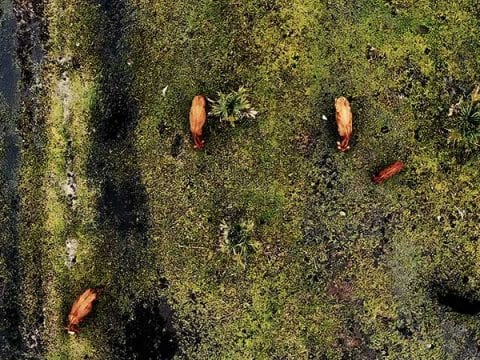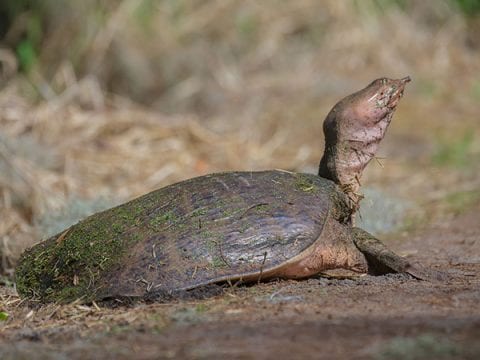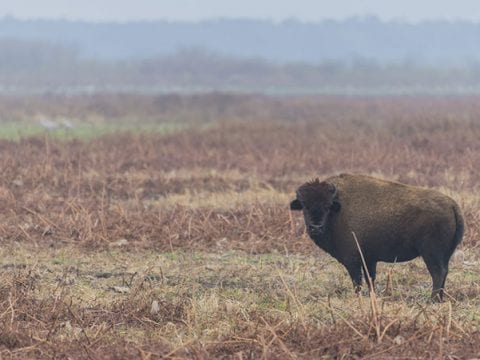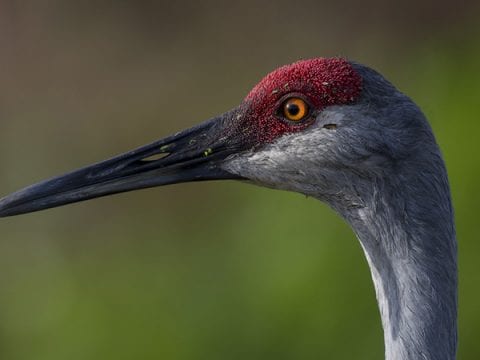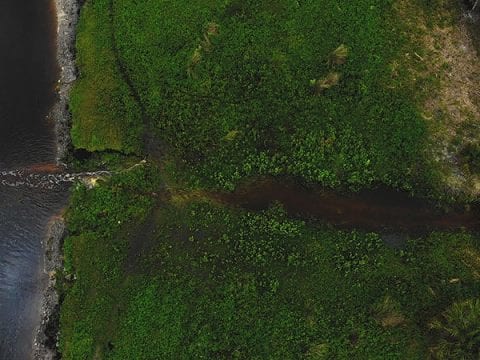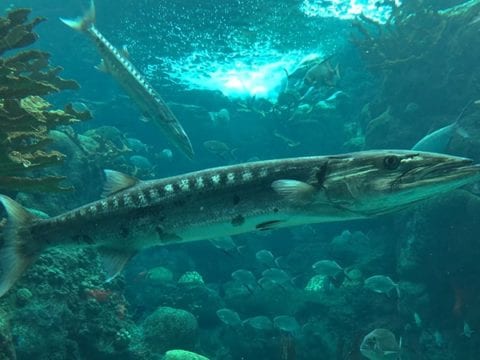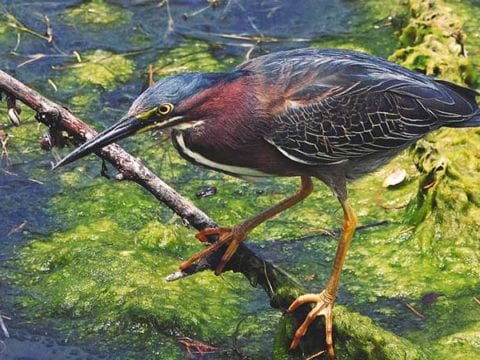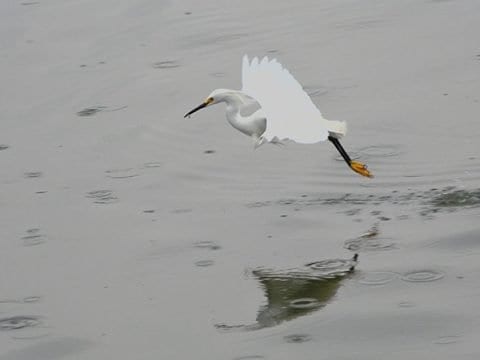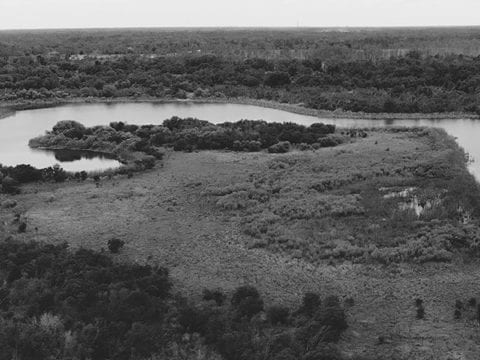Table of Contents
This article is on fiddler crab facts and includes a 4K wildlife video of fiddler crab along Black Point Wildlife Drive in Florida. I was out hiking and filming during low tide and ran across them in the late morning hours. Fiddler crab are also known as calling crab. They make up almost 100 species of semi-terrestrial marine crabs. Males have 1 big claw while females have 2 small claws. Here are some additional details I pulled on the fiddler crab.
Fiddler Crab Facts
- The scientific name is Uca
- There are 97 species of Uca
- Fiddler Crabs are able to breathe oxygen from the atmosphere
- A Fiddler Crab can be identified by looking for an enlarged claw. It has a smooth underside. If the claw is not smooth and has red joints, the crab is identified as a Red-Jointed Fiddler Crab
- The male’s enlarged claw isn’t for fighting off predators, it is actually for attracting a mate while discouraging any rivals
- The red-jointed fiddler crab is the most common type of Fiddler Crab in the Bay region
- If a Fiddler Crab loses its major claw, it’s other claw will grow the same size as the one that was lost and become its new major claw
- Though its enlarged claw can be intimidating, Fiddler Crabs are not dangerous. However, their claws are very fragile.
- This type of crab is sometimes known as a calling crab because they like to wave as if they are calling you to them and they attract their mates by waving them over
- They turn dark during the day and light during the dark
- Fiddler Crabs can live up to 3 and a half years in captivity
- Like most crabs, they are decapod which means they have 10 legs
- Also like most crabs, they shed their shell as they grow
Identification
While Fiddler Crabs can live up to 3 years in captivity, they have very brief lives in the ocean. Typically, no more than two years.
They are well known for their sexually dimorphic claws. Males have a noticeably larger major claw (1.5-2 inches long) but females have the same size claws. Fiddler Crabs have one mouth in the middle of their body. They vary in color from tan to brown and Sand Fiddler Crabs are much lighter than the other two species. Their carapace (shell) looks like a square with rounded edges in the rear. Shells vary in size but are usually an inch to an inch and a half wide.
Size
Fiddler crabs are very small and only reach about 2 inches when measured across their body.
Behavior
As one of the busiest creatures on earth, Fiddler Crabs are always mating, digging, eating and running around. Their one enlarged claw can be used in deciding disagreements between two male Fiddler Crabs and is also used to attract mates. They are semiterrestrial which means they live in burrows that are grouped very close together. Where you see one, you will find dozens. They are salt water creatures, their offspring are planktonic and their gills need to be moistened.
During high tide, Fiddler Crabs retreat into their burrows but once the tide is low again, they resurface and start to clean the area around them. They groom the entire surface from detritus, bacteria and fungus. They are very active during the day and end up returning to their burrows at night.
Like the rhythmic color change of a Fiddler Crab from day (dark) to night (light), their social behavior is rhythmic too. Their social activities like wandering, display, and mating and territory protection are associated with daily routine. These patterns are more noticeable during mating season and larval release which is during new and full moons when tides are at their highest.
Molting
Fiddler Crabs molt around every eight weeks. The epidermis of the crab starts to separate from its cuticle about ten days before the crab sheds its exoskeleton. Molting is how crabs grow. During the soft-shell part of their molting process, they generally stay inside their burrow.
Habitat
Fiddler Crabs are found through the Chesapeake Bay region along beaches, mud flats, swamps and lagoons. They can be seen year-round.
They construct individual burrows for themselves which are defended and maintained by each Fiddler Crab. The burrows can be up to 60 cm deep, some are 2 feet deep. When tides are high, they will plug their burrow with sand and hideaway until the tide is low again.
Hibernation
Fiddler Crabs will hibernate during the winter months.
Diet
Fiddler Crabs eat cleaner than other crabs as they sift through sand and mud, placing the tiny particles in their mouth. They often eat in a puddle so that they can separate their food from the sand. They feed on bacteria, algae, decaying marsh plants, sinking pellets, dried bloodworms, shrimp, and krill. Some people have Fiddler Crabs as pets and they are fed blanched peas, blanched zucchini and raw/boiled fish.
Fiddler Crab Reproduction
Mating
Fiddler Crabs mate every two weeks during the summer season. Male crabs will dig and maintain a tidy burrow while looking for a female partner who he attracts with his huge claw. He waves his claw, attracting a female’s attention and if she’s interested she will stare at him for a short time. A female will choose their mate based on the size of their claw. In the Fiddler Crab world, research has defined that the male’s major claw is associated with his burrow’s width. So based on his claw size, a female will choose a wider burrow for mating. Width equals the incubation temperature.
To set things into motion, the male crab will run toward the female and back to his burrow. This will be repeated over and over again until the female follows him. If the female follows him, he will drum on the outside of his burrow with his claw and lead the female inside where he will cover the burrow hole with debris. At which point, they are ready to mate.
Eggs
The female crab will incubate the egg sponge for two weeks. A fertilized female Fiddler Crab will carry hundreds to thousands of eggs under her abdomen. She will return to the surface and release the eggs into the water.
Birth & Growth
They eggs will hatch into microscopic free-swimming larvae. They live in the open water as part of the plankton. The larvae will go through several molt stages before their final larval stage which is an immature crab. At which point, they will return to land and grow into larger Fiddler Crabs. Males will grow their major claw and the process of reproduction starts all over again.
Video Equipment Used
Camera Gear
- Sony FDR-AX100
- Manfrotto Tripod
Software
- Premiere Pro CC
LUT
- Polar Pro Elektra


